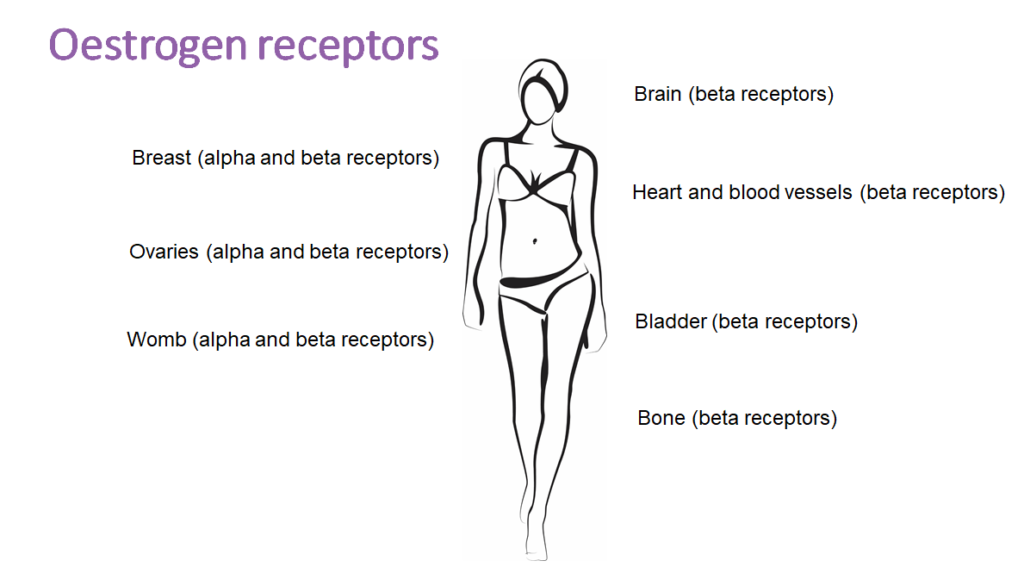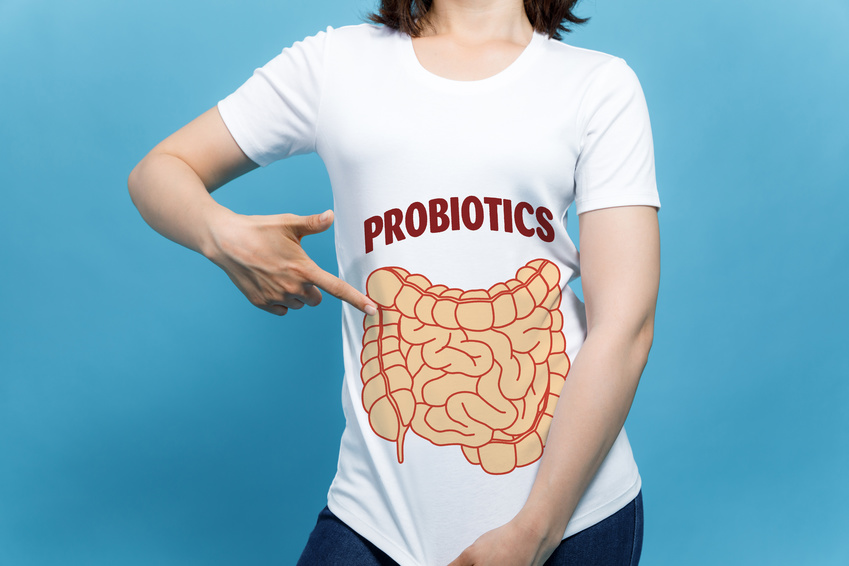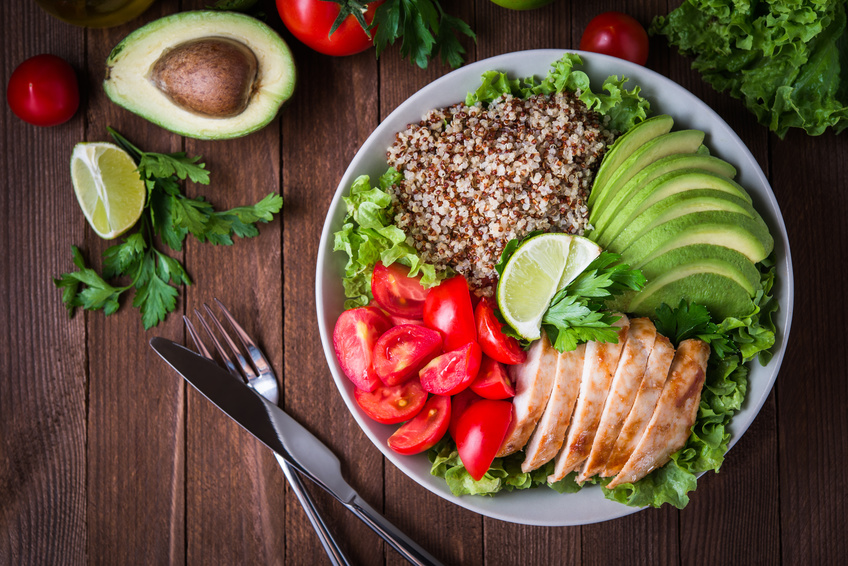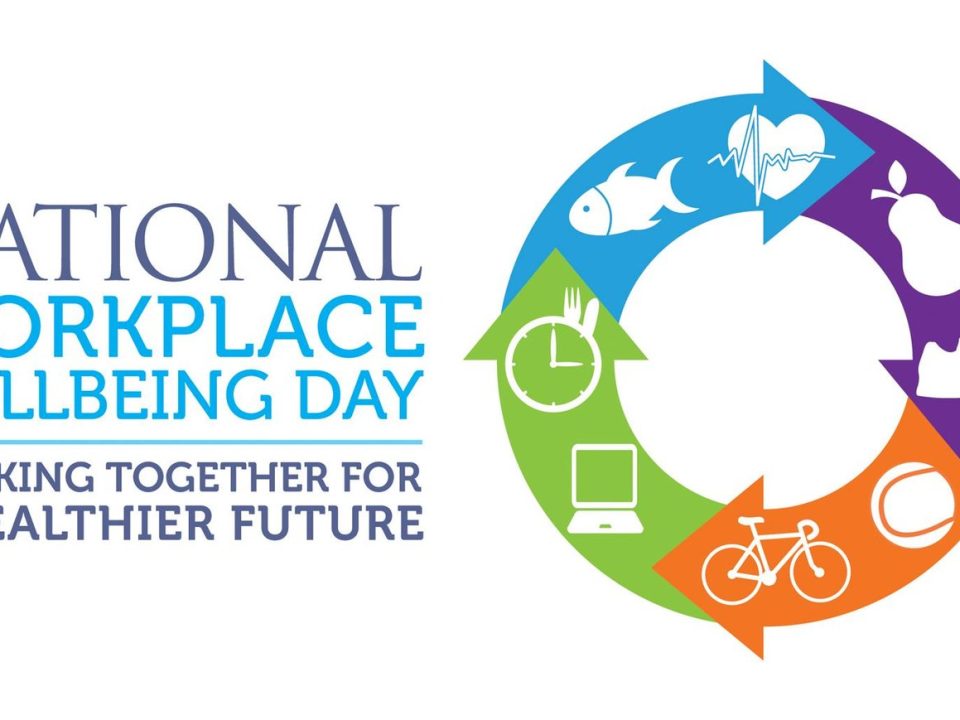Healthy lunchbox ideas
August 26, 2021Digestive enzymes – what are they and do you need to supplement?
September 24, 2021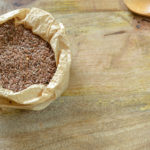 Ciara Wright recently presented to 221+ CervicalCheck Patient Support Group. The talk was around dealing with post-treatment hormonal balance and surgical menopause. In this blog we outline some of the main points covered, including the benefits of phytoestrogens.
Ciara Wright recently presented to 221+ CervicalCheck Patient Support Group. The talk was around dealing with post-treatment hormonal balance and surgical menopause. In this blog we outline some of the main points covered, including the benefits of phytoestrogens.
Once the major source of oestrogen in the body is gone after menopause we look to supporting the pathways that previously relied on oestrogen. We know this this involves oestrogen receptors in the breast, ovaries and womb. These tissues have both alpha and beta receptors – alpha receptors, when stimulated, drive cell growth which is not ideal. Beta receptors antagonise this and act to keep cell growth under check. We also have beta receptors in the brain, heart and circulatory system, the bladder and our bones. Therefore we want to consider symptoms of oestrogen reduction or deprivation, then act on these.
Key Points
- We know that bone density declines significantly after the menopause. According to the National Osteoporosis Foundation one in two women over age 50 will have a fracture caused by osteoporosis in her remaining lifetime. It is a significant cause of reduced quality of life as we age.
- Many women will experience bladder issues and urination problems after the menopause including frequent urination, urgency and incontinence.
- We know that women are much more likely to have heart disease after the menopause. Heart disease is the major cause of death in women over the age of 50.
- We all want to protect our brain health and memory as we age and oestrogen signalling promotes neuroplasticity which allows us to learn new things and maintain good memory. In the short term, we can suffer from brain fog, lack of concentration and forgetfulness.
- The other aspect in the brain is the effect on our neurotransmitters which support mood and focus. When oestrogen declines, this can affect mood, motivation, general get-up-and go and lead to depression or apathy.
- Further on down the line effects on other hormones in the brain include sleep disturbances via melatonin, appetite changes and weight gain. They also include issues with our internal temperature controls. These may cause sweats or hot flushes.
Phytoestrogens in our diet have a blocking effect on the alpha receptors but can promote activity at the helpful beta receptors. These are an essential component of any post-menopausal diet. Many of the foods here also have other benefits to your health.
Soy and tofu
Soy is probably the most well known and this has been shown to have compounds that are almost chemically identical to those used in breast cancer treatment which blocks oestrogen-derived cell growth (1). Tofu and tempeh (the fermented version) are very high in calcium so excellent also for bone health. We would recommend including these 1-2 times per week. As a milk alternate, soy milk is often made from a soy isolate rather than a whole bean process. We would recommend using soy milk from the whole bean such as Provamel. Or you can simply use a variety of milk alternatives and not depending fully on soy as part of a balanced diet.
Pulses
Pulses like beans, lentils and chickpeas are a really important component of any healthy diet. When we increase pulses and tofu in the diet, we are also naturally replacing meat which is excellent for our heart health, reduces cholesterol and inflammation and of course is much better for the environment. Starting to make some changes to move towards a more vegetarian diet can be very helpful.
But go slowly…
We often recommend to people to start slowly. Pulses are so high in fibre and may cause gas and digestive discomfort if you are not already accustomed to them. We often also recommend introducing them to meals you already make rather than re-inventing the whole food plan for the family. So for example if you make a chicken curry, simply reduce the chicken by half, open a tin or two of chickpeas, rinse and add. This chickpea and butternut squash curry always gets rave reviews.
Similarly black beans are great in a stir fry, cannellini beans go great into tomato pasta dishes and lentils are an excellent addition into any mince dish like spag bol or shepherd’s pie. That way, it all tastes the same but you are reducing your meat, increasing your phytoestrogens and fibre, and it’s simple and cost effective.
If you would like more information about the services we offer, including testing, please get in touch.
